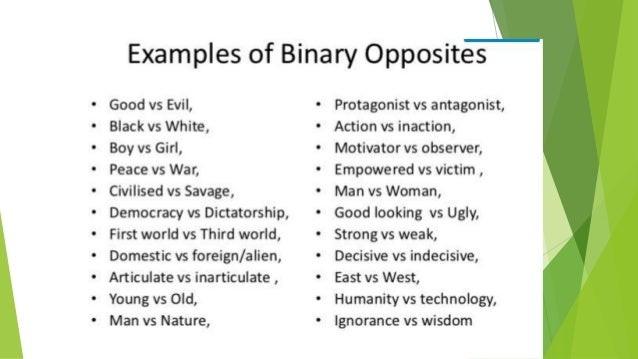Todorov:
Todorov in 1969 produced a theory which he believed to be able to be applied to any film. He believed that all films followed the same narrative pattern.
This pattern is as follows; the film beginning with an equilibrium, leading to a disequilibrium and then going back to an equilibrium. He suggested that this theory is structured in five stages.
- A state of equilibrium at the outset.
- A disruption of the equilibrium by some action.
- A recognition that there has been a disruption.
- An attempt to repair the shown disruption.
- A reinstatement of the equilibrium.
This theory is very popular and can be applied to many 'mainstream' film narratives such as: 'The Incredibles' 'Lord of the Rings' and 'Spiderman'
Propp:
Propp's narrative theory was based on the idea of having defined characters and roles throughout the narrative such as:
- Hero
- False Hero
- Villain
- Prince/Princess
- The Dispatcher
Propp believed that the protagonist would act as the hero figure in the film and would have some kind of conflict with the antagonist of the film who would act as the villain.
This type of conflict between the two roles/characters is shown in this scene of Harry Potter and the Deathly Hallows part 2. The protagonist, Harry, battles with his enemy antagonist of the film, Voldemort.
Levi Strauss:
Levi Strauss believed in binary opposition throughout a films narrative. This is where a film would display evident contrasts between people, states of being or groups. For example:
- Good vs Evil
- Cats vs Dogs
- Life vs Death
- Boy vs Girl
- Peace vs War
- Strong vs Weak
- Black vs White
An example of films that follow Levi Strauss' theory are below:



No comments:
Post a Comment